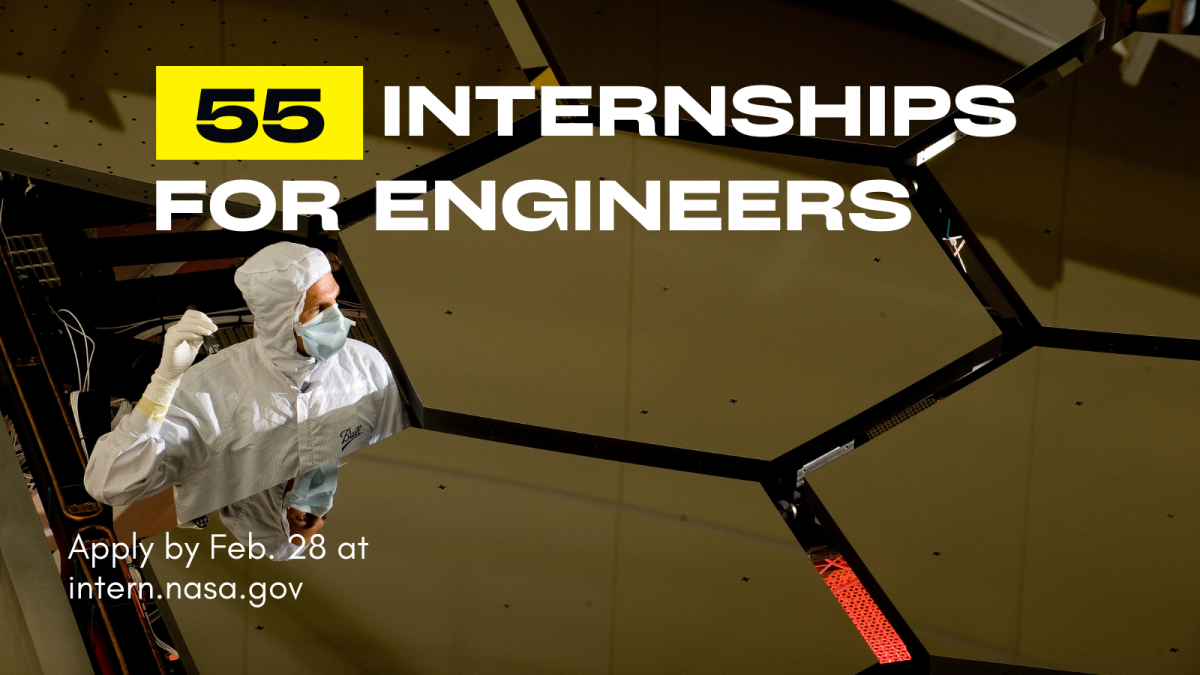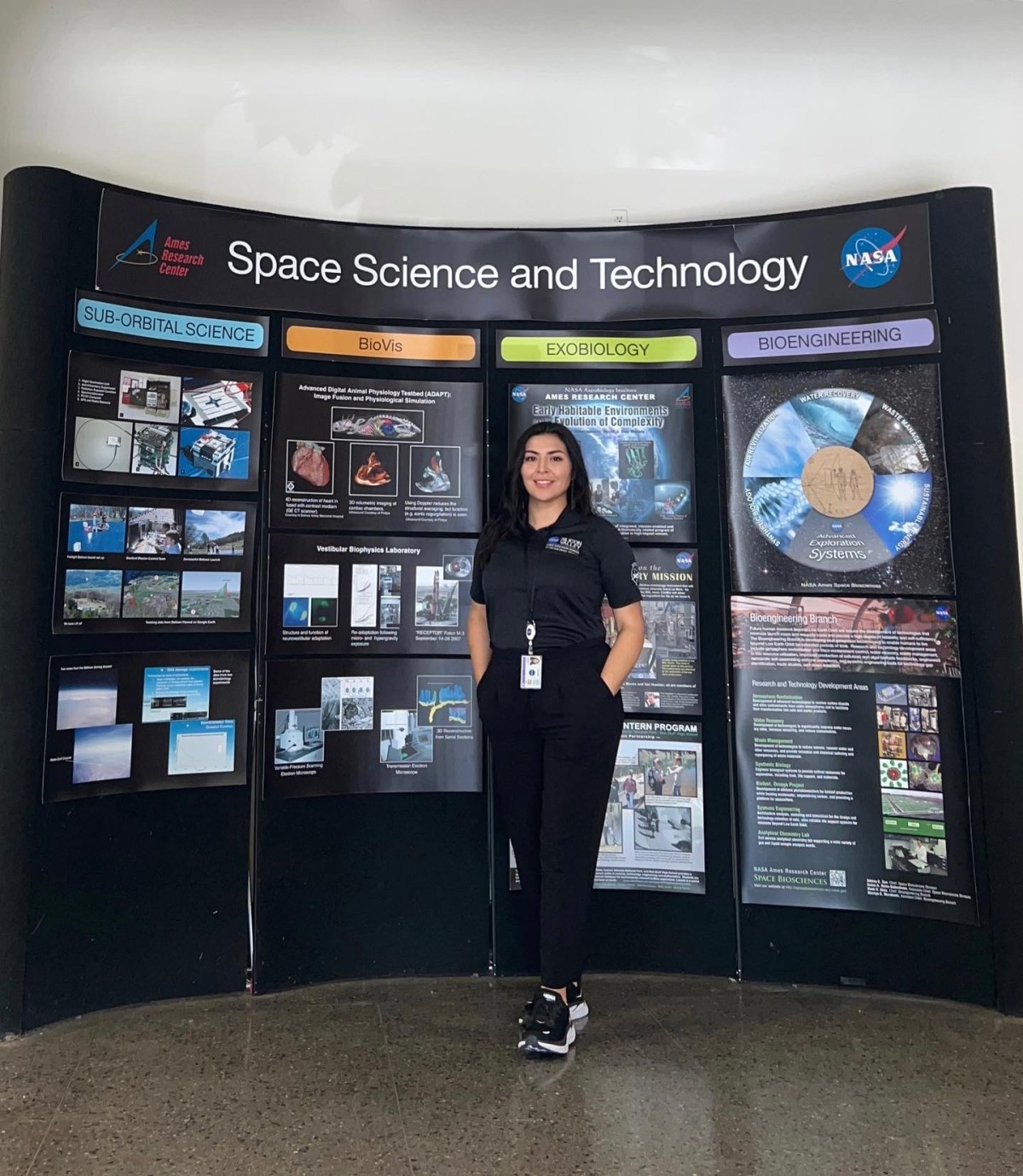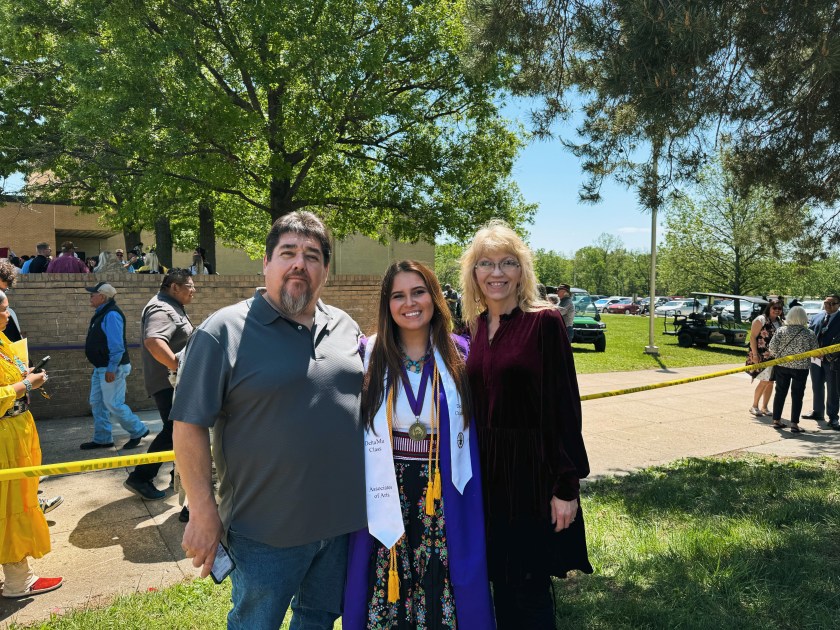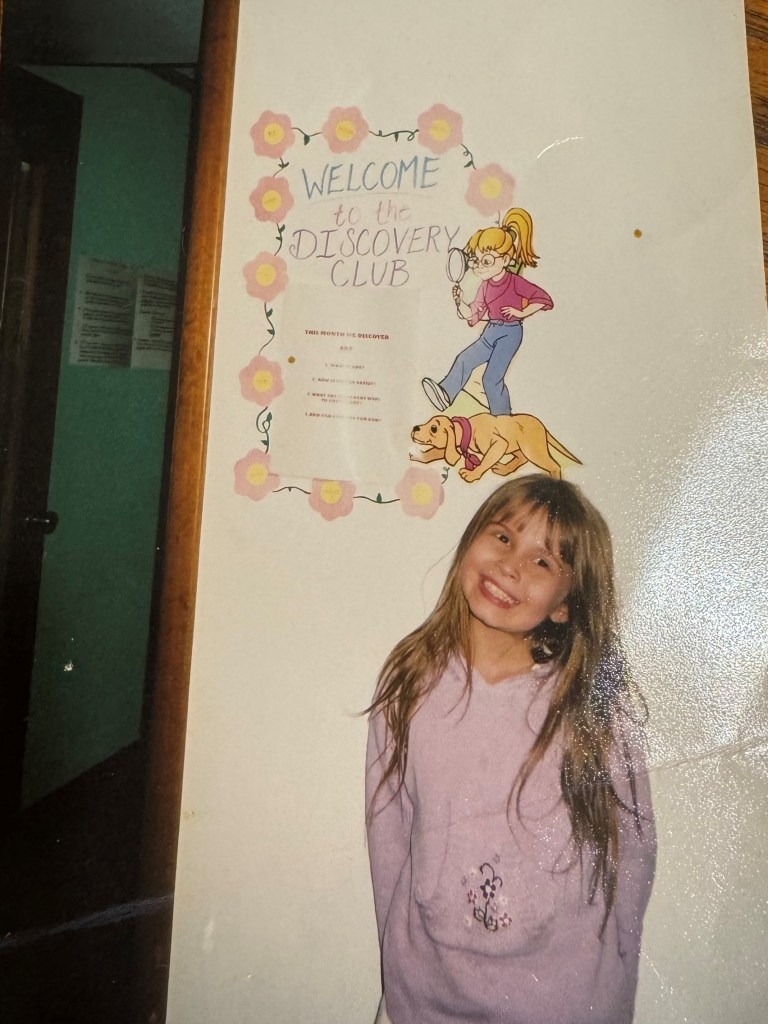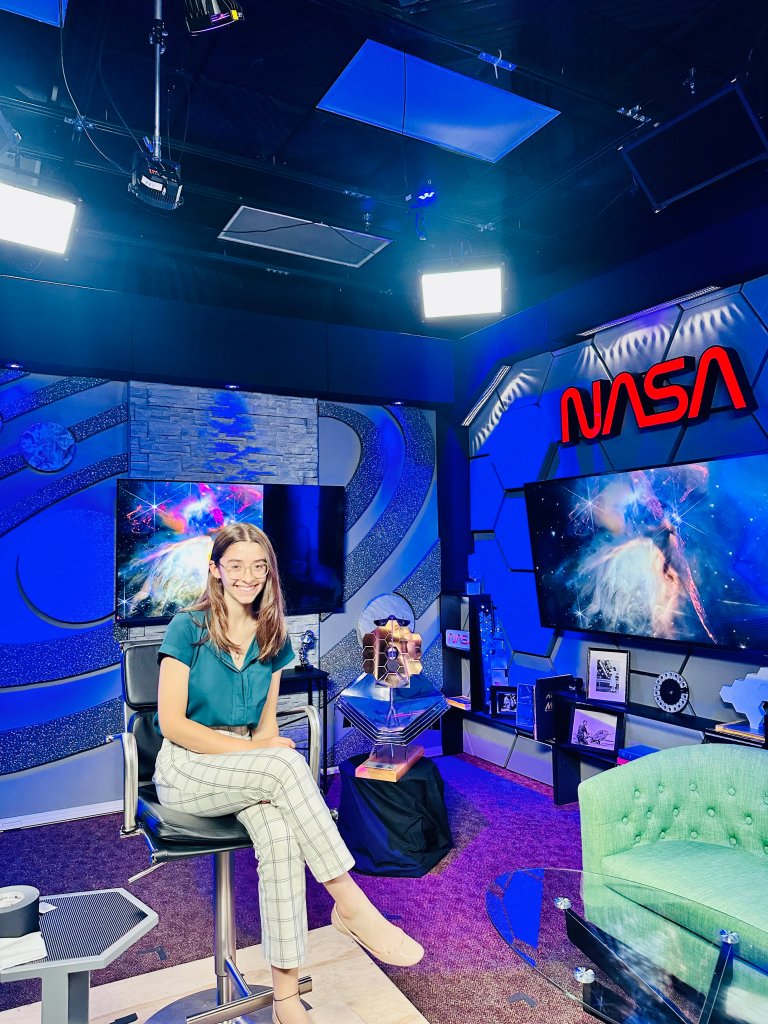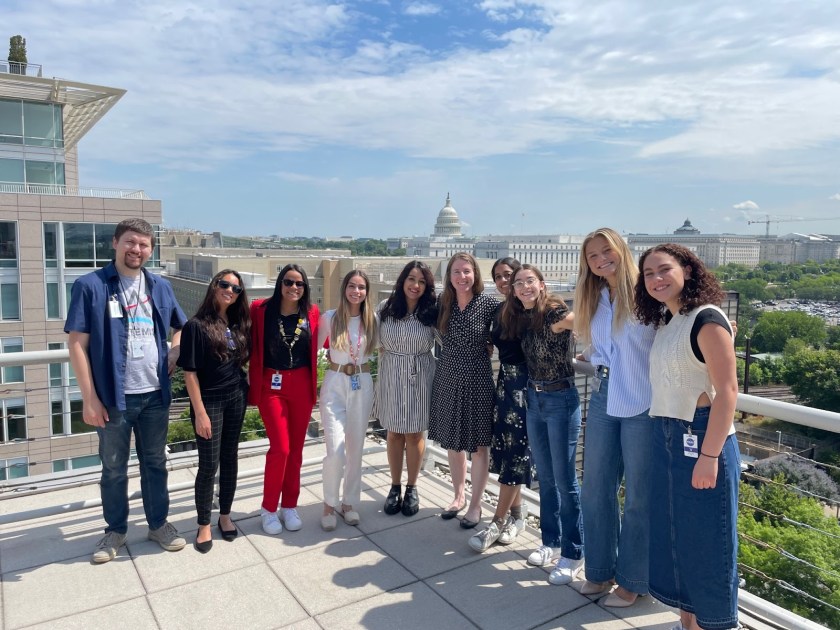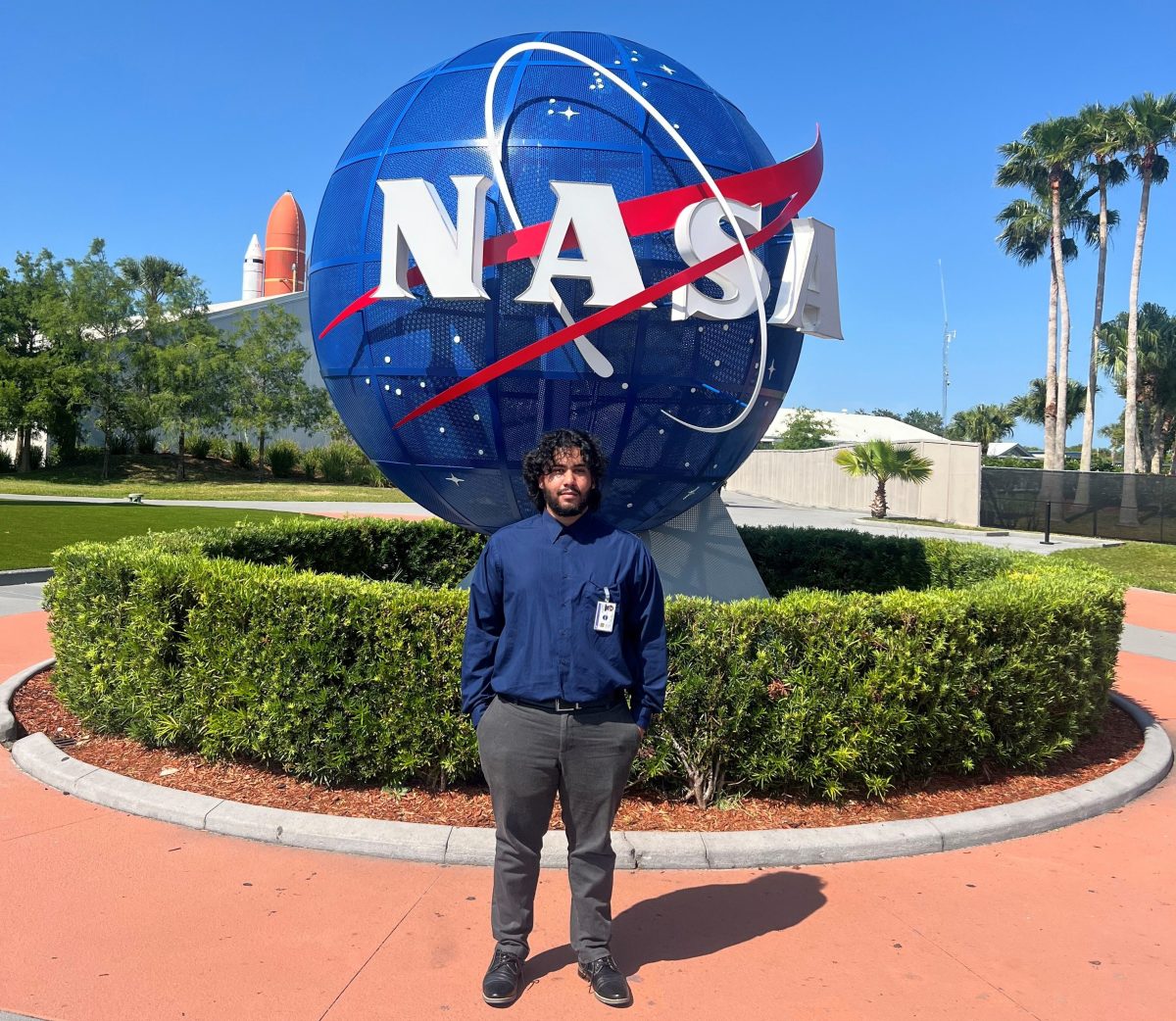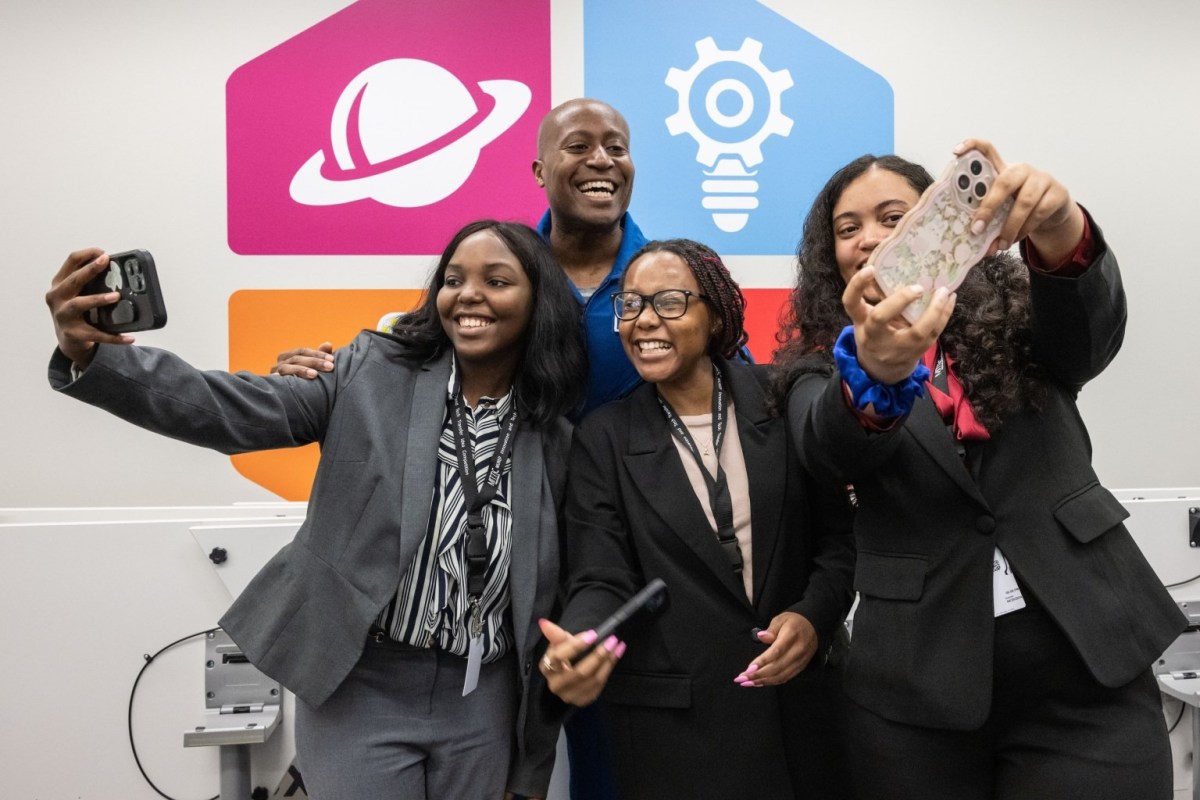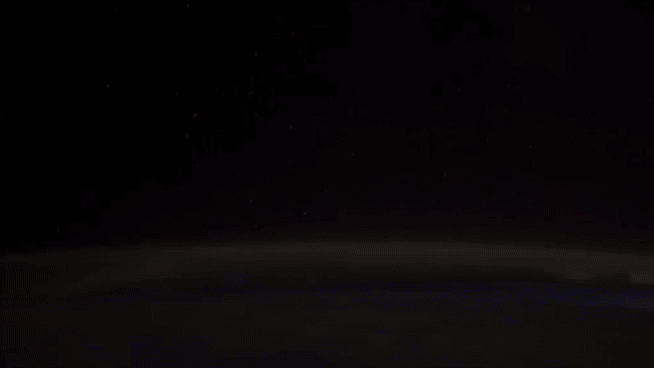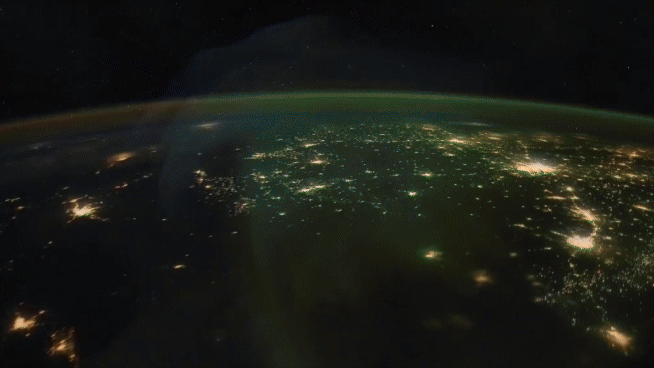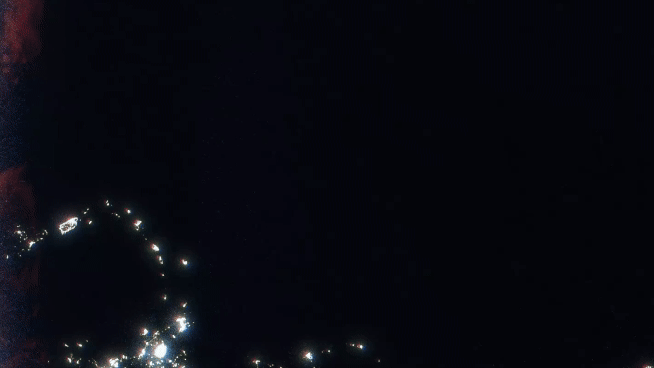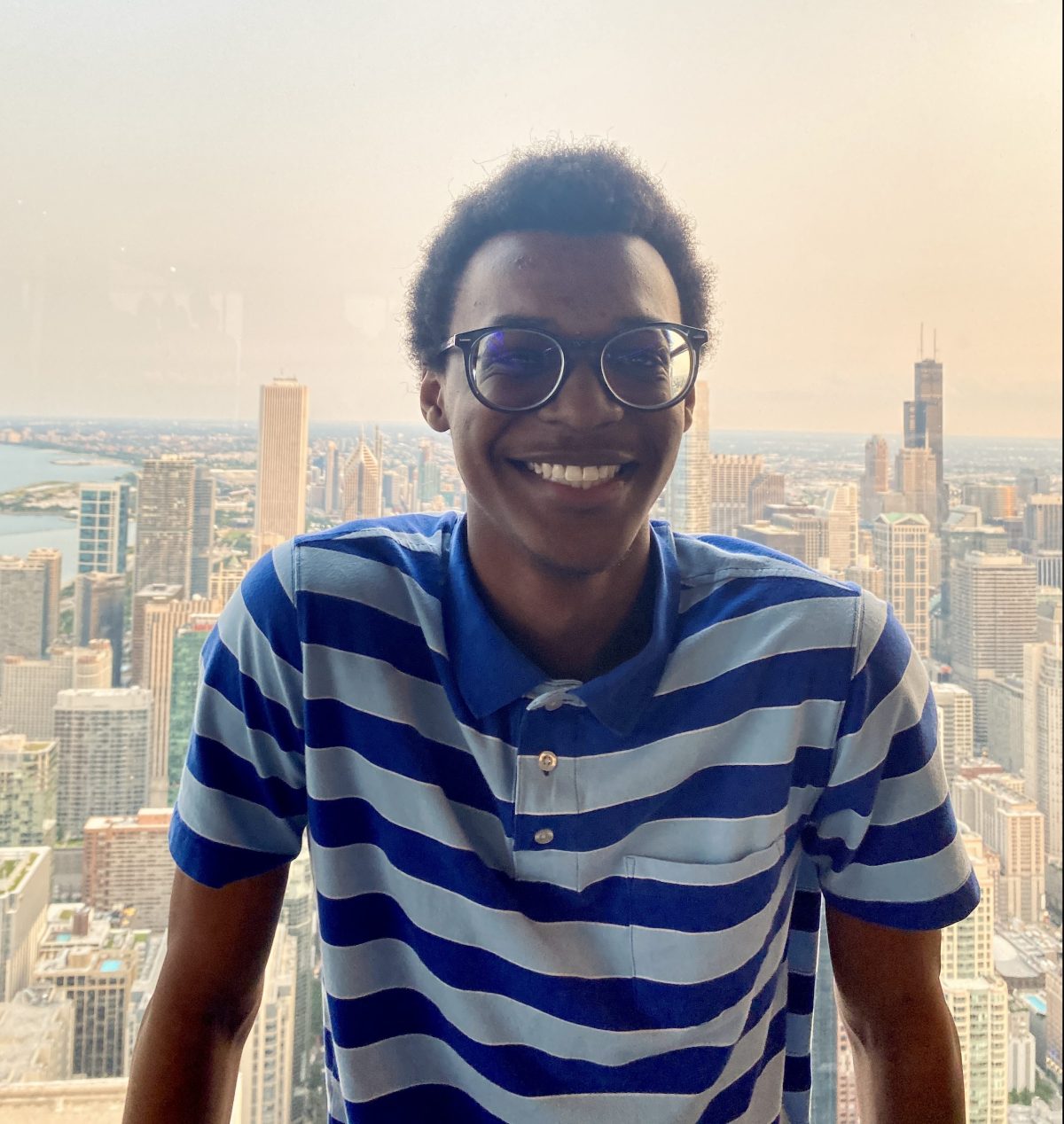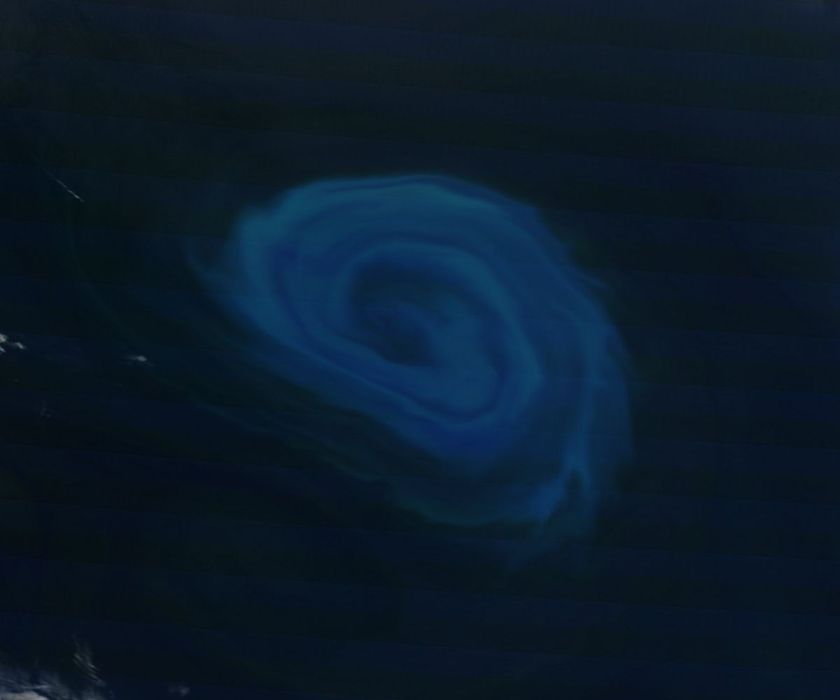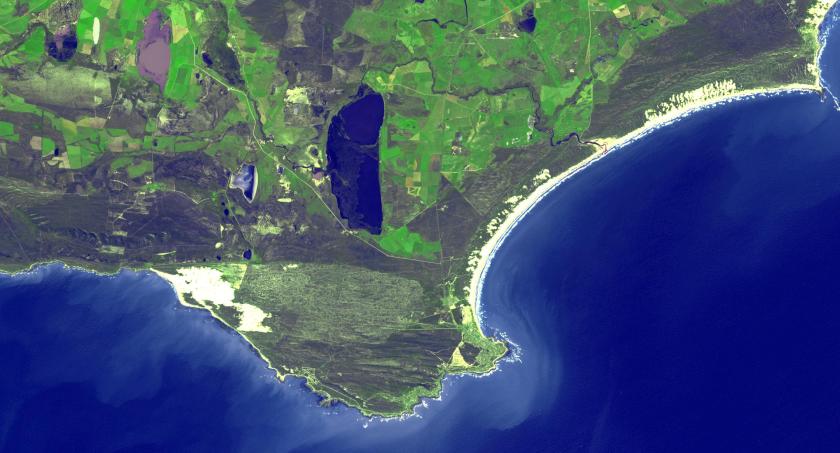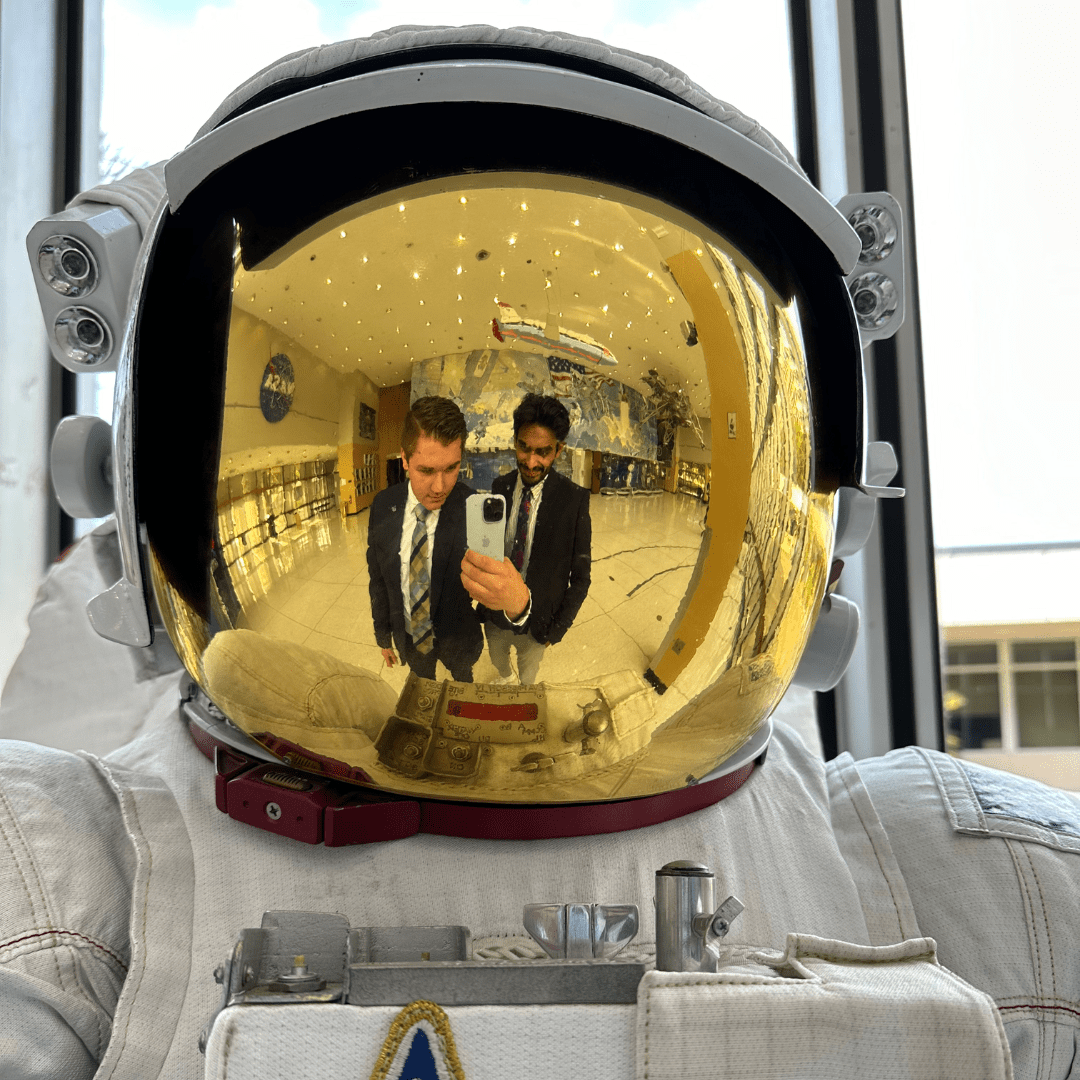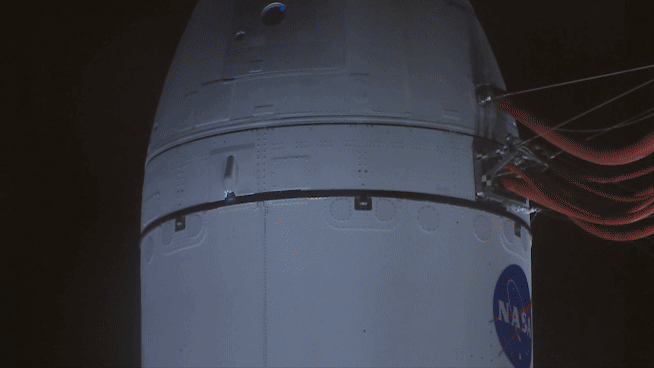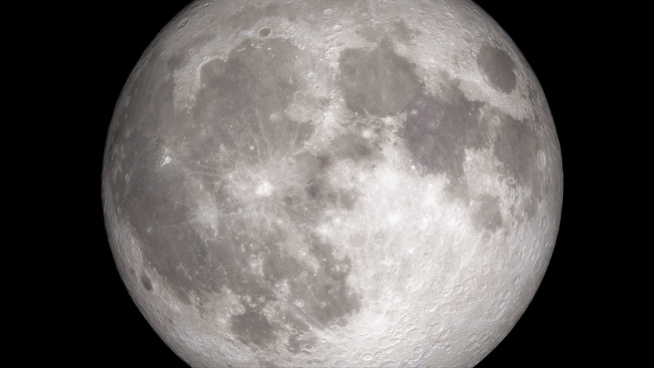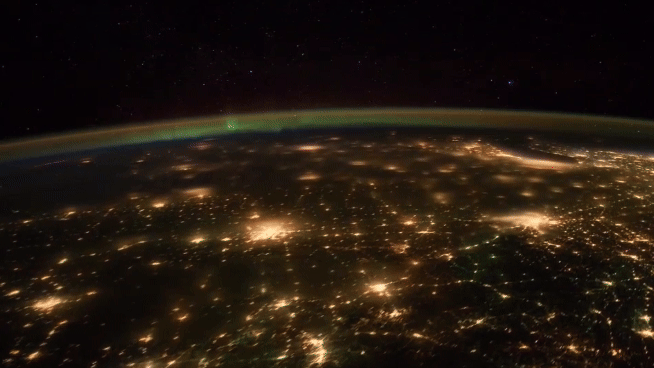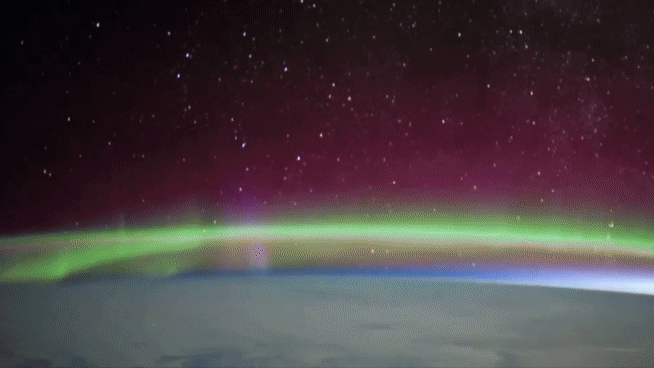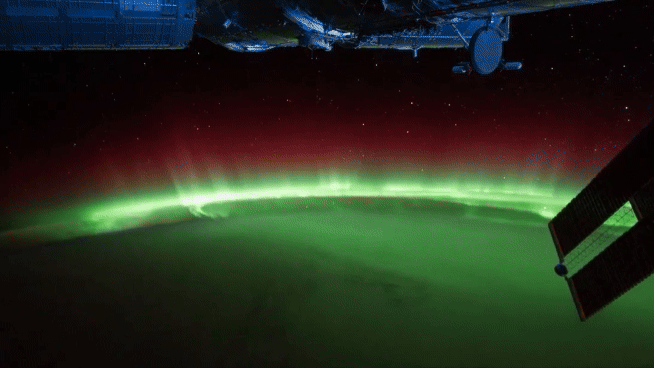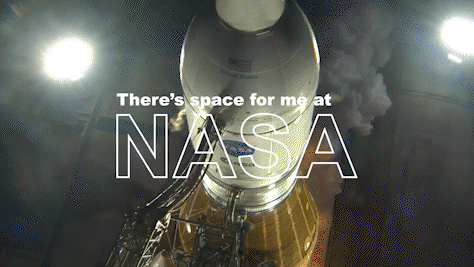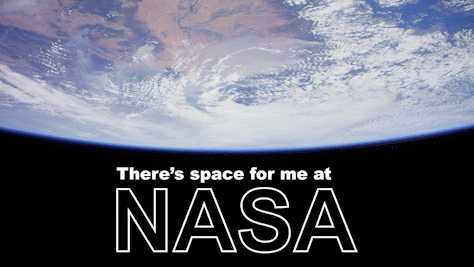Remember: Applications for summer 2025 are due by Friday, Feb. 28 at 11:59 p.m. ET.
We’ve rounded up a collection of 100 summer internships with NASA that might have flown under your radar. From teaching the next generation about the future of flight as an Aeronautics Educator Intern, to modernizing the Arc Jet Complex where NASA tests spacecraft heatshields, to supporting NASA’s James Webb and Hubble Space Telescopes in modeling atmospheres beyond our Solar System, NASA offers internships for a wide variety of interests. With less than a week left to apply for these summer 2025 NASA internships, make sure to get your applications in soon!
To get started:
- Head to stemgateway.nasa.gov and log in or create an account.
- Copy and paste the six-digit unique ID number for a role from the list below into the search bar.
- Review the specific details of the opportunity to see if you’d be a good fit.
- If interested, click the large “apply” button in the top right of the position listing.
- (You can apply to more than one opportunity!)
List of Opportunities:
| Engagement Opening | Unique ID | Field of Study |
| Exploring multi-sensor data fusion for Earth science | 021040 | Engineering |
| Simulation of FiberForm material in high-enthalpy ground facilities with the Uni | 021296 | Physical Sciences |
| Integrating eViz into NU-WRF | 021386 | Computer Science |
| Engineering Cost Team Internship Summer 2025 | 020066 | Engineering |
| Data analysis for the EXoplanet Climate Infrared TElescope (EXCITE) mission | 020555 | Computer Science |
| Modeling Aerosol Backscatter to Match Satellite Observations | 021041 | Computer Science |
| Software support for astrophysics archive | 021103 | Computer Science |
| One Dimensional Viscous Shock Solver | 021323 | Physical Sciences |
| Methods to relax stability requirements on the HWO telescope | 021375 | Engineering |
| Ceramic Property Characterization for Hypersonic Wind Tunnel Model Fabrication | 021385 | Physical Sciences |
| Shock tube-Plasmatron similarity based on optical emission spectroscopy data | 021420 | Physical Sciences |
| Science Highlights Coordinator/Editor | 021424 | Communications / Marketing |
| Electronic document management | 021542 | General |
| G-Invoicing System Program Analyst | 021670 | Finance / Accounting |
| GLOBE Air Quality Campaign Analysis for In-service Teachers | 020338 | Teaching / Education |
| Validation and Uncertainty of Micromechanics Composite Models | 020912 | Physical Sciences |
| Computational analysis of crack network formation in polymer matrix composites | 021043 | Engineering |
| Lava Rheology Experiments for Venusian Volcanism | 021077 | Physical Sciences |
| MISSE Characterizations | 021271 | Physical Sciences |
| Space Weather UnderGround Education Outreach Project | 021334 | Communications / Marketing |
| CRESST II – Development of data analysis software for gamma-ray missions | 021404 | Computer Science |
| Air Traffic Conflict and Contingency Management Investigation | 021579 | Engineering |
| Onsite/ Virtual: Improving Testing Capabilities for cFS/ROS/Fprime | 021673 | Computer Science |
| Digital Twinning Software Development for ISM Space Suit Parts | 020599 | Computer Science |
| Air Traffic Conflict and Contingency Management Investigation | 021017 | Engineering |
| AI Powered Center for Solar Eruptions (MIRO NJIT Applicants ONLY) | 021068 | Computer Science |
| Multi-Body, Immersed Boundary Layer CFD Analysis of Supersonic Flight Test | 021194 | Physical Sciences |
| Digital Engineering Using MBSE to Develop System Architecture Model | 021273 | Engineering |
| Mobile App for Visualization of Climate Observations | 021283 | Computer Science |
| Michoud Assembly Facility Video Production/Multimedia Specialist | 021330 | Communications / Marketing |
| Capacity Building Program Communications Support | 021353 | Communications / Marketing |
| Ecological Interpretation/Communication Training | 021451 | Communications / Marketing |
| Pneumatic Shock System – Methods and Development | 019797 | Engineering |
| SCaN Development of Monitor and Control Interfaces for Spacecraft Compatibility | 020258 | Engineering |
| SCaN Translation/Localization of Technical Documents | 020742 | Communications / Marketing |
| Analysis of High-Order Shock-Capturing Methods | 020933 | Engineering |
| Surface to Space: Bringing new data to ecosystem models | 021045 | Computer Science |
| Nondestructive Evaluation Research for Aerospace Applications | 021136 | Engineering |
| SBIR/STTR Summer Intern (MITTIC Students Only) | 021176 | Business |
| Miniaturized multispectral imager with quantum dots | 021250 | Engineering |
| Particle Tracking Surface Oil-Flow Visualization | 021258 | Engineering |
| Communication/Media Management | 021265 | Communications / Marketing |
| Attitude Control Systems Engineering Analyst | 021316 | Engineering |
| Electrified Aviation Transformer Design and Characterization | 021325 | Engineering |
| Onsite: Advance COM development for Nano-sat Re-entry Missions | 021329 | Engineering |
| AJM SE UG intern | 021358 | General |
| General Mission Analysis Tool Software Developer/Tester | 021443 | Computer Science |
| Crack Growth in Optical Materials | 021669 | Engineering |
| Improved Spatio-temporal Asset Catalog for NASA’s Common Metadata Repository | 020791 | Computer Science |
| Remote sensing closure | 021071 | Engineering |
| Cleanroom Processing and Operations | 021074 | Physical Sciences |
| Experimental and Modeling Investigation of Exoplanet Cloud Properties | 021096 | Physical Sciences |
| Computational Fluid Dynamics (CFD) of Custom Propeller Design | 021297 | Engineering |
| NGS Educator Intern | 021392 | Teaching / Education |
| Spreadsheet Modification for Scramjets | 021418 | Computer Science |
| Office of Communications Intern – NASA Glenn (Cleveland, OH) | 021419 | Communications / Marketing |
| Space Mission Cyber Security Suite (SMaCS) Intern | 021643 | Computer Science |
| Towards Justified Confidence | 019538 | Engineering |
| Next-Gen OpNav | 020813 | Engineering |
| Structural optimization using advanced computational methods | 020956 | Engineering |
| X-Ray Photoelectron Spectroscopy (XPS): The Basics | 020998 | Physical Sciences |
| Falling Snow Measurements in Southern New England | 021091 | Physical Sciences |
| Mars Analog Geochemical Analysis | 021115 | Physical Sciences |
| Design and Implementation of Interactive Applications | 021206 | Engineering |
| Development of Thermoradiative Cell | 021255 | Engineering |
| Occupational Health/ Industrial Hygiene | 021276 | Physical Sciences |
| STMD RMO | 021285 | Engineering |
| Detector Development for X-ray Astrophysics | 021324 | Physical Sciences |
| Mission Planning Algorithm Development | 021352 | Computer Science |
| Electronics and Sensors for Harsh Environments | 021379 | Engineering |
| Machine Learning for Localization | 021383 | Engineering |
| NASA Aeronautics Educator Internship | 021434 | Teaching / Education |
| Category Theory Applications to Advanced Air Mobility Architecture Models | 021620 | Engineering |
| SmallSat Web Design | 021655 | Communications / Marketing |
| CFD Modeling of Boundary Layer Transition | 021100 | Engineering |
| CRESST II – Mirror Fabrication Development for NASA’s NGXO | 021138 | Engineering |
| CRESST II – High-energy gamma-ray polarimetry with AMEGO-X | 021257 | Engineering |
| Space Science Public Lands Engagement | 021359 | Communications / Marketing |
| Software Tool Developer | 021388 | Computer Science |
| Additive Manufacturing of Lunar Regolith Simulant | 021680 | Engineering |
| Modification and Characterization of Hexagonal Boron Nitride | 019712 | Engineering |
| Radiated EMI model of sub-megawatt electric powertrains | 020797 | Engineering |
| Molecular Dynamics Simulations Thermoplastics at Cryogenic Temperatures | 020908 | Physical Sciences |
| Multiscale Modeling and Testing of Semi-crystalline Thermoplastic Composites | 020909 | Engineering |
| Onsite: Advancing Numerical Methods for Cartesian Cut-Cell Solvers | 020911 | Engineering |
| Code development for the remote sensing of snow properties | 020930 | Computer Science |
| ESDIS Metrics and Communications | 021050 | Communications / Marketing |
| Control and Monitoring of Thermal Energy Conversion Systems | 021183 | Engineering |
| Roman WFI Test Analysis Internship | 021228 | Engineering |
| Miniaturized instruments enabled by nanomaterials for space missions | 021249 | Engineering |
| Astrophysics of black hole binaries | 021252 | Physical Sciences |
| Multidisciplinary Optimization for Hypersonics | 021268 | Physical Sciences |
| WSTF SMA Engineering Internship | 021303 | Engineering |
| Data mining and analysis for the GLOBE Program | 021310 | Computer Science |
| Sharepoint Web Development IT Intern | 021349 | Computer Science |
| Battery Testing Intern | 021422 | Engineering |
| Effects of Gravity on Creeping Salts and Salt Mixtures: Summer 2025 | 021469 | Physical Sciences |
| Power Platform Developer | 021476 | Computer Science |
| Digital Twin of a Vibration Test Lab | 021504 | Computer Science |
| Goddard Mission Services Evolution Center (GMSEC) Software Development Intern | 021660 | Computer Science |


